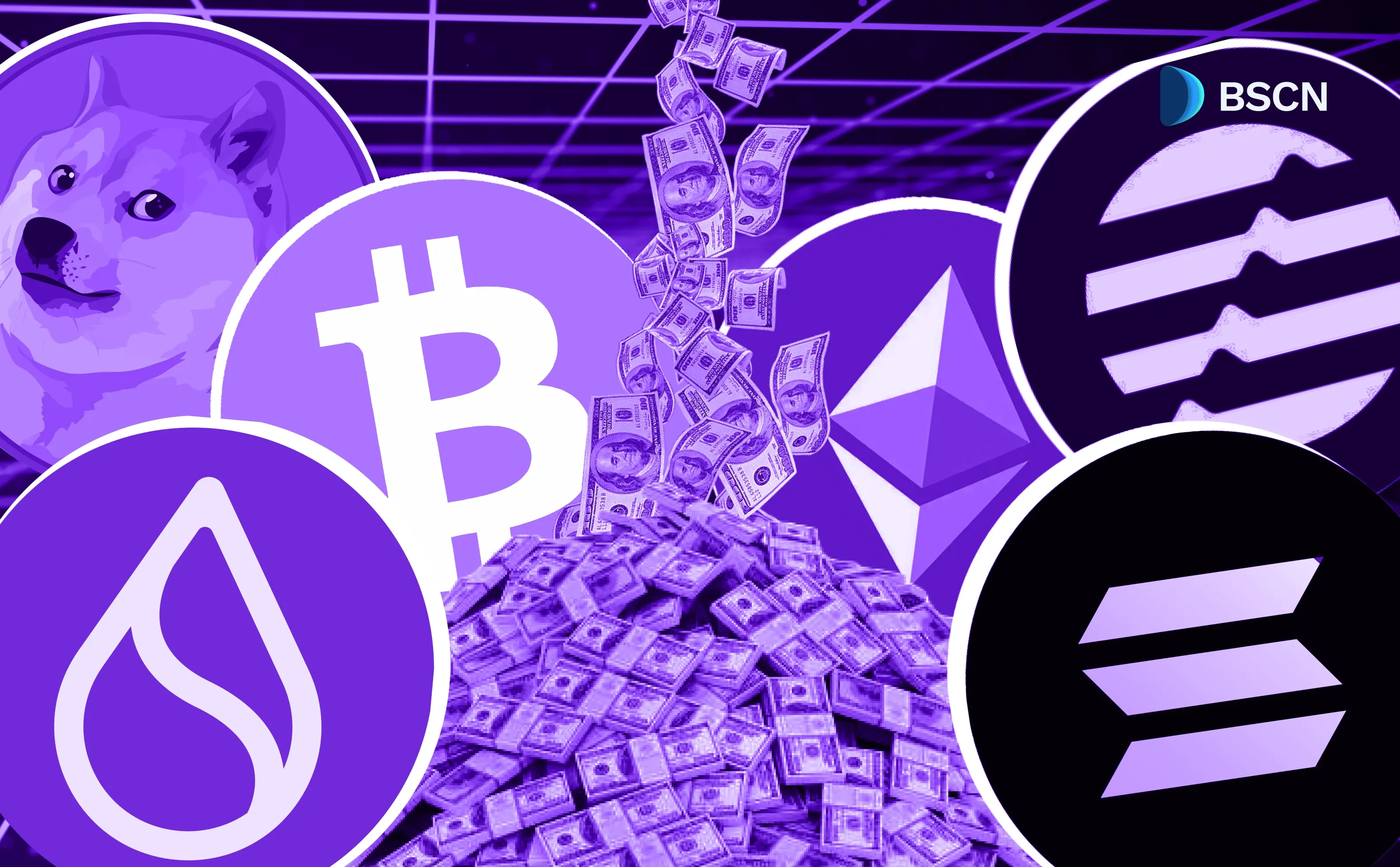
Layer 1 blockchains are the backbone of the decentralized digital landscape, playing a fundamental role in the development of transformative blockchain technologies. These base-level networks serve as the critical infrastructure for cryptocurrency and blockchain ecosystems, providing the necessary framework for building innovative decentralized applications (dApps).
What are Layer 1 Blockchains?
Layer 1 blockchains are the primary, base-level blockchain networks responsible for processing and validating transactions directly on their native blockchain. Unlike secondary layers, Layer 1 blockchains maintain complete autonomy in their consensus mechanisms, security protocols, and transaction validation processes.
Key Characteristics of Layer 1 Blockchains
- Native Cryptocurrency: Each Layer 1 blockchain typically has its native token used for transaction fees, staking, and governance.
- Full Decentralization: Control and validation are fully decentralized within the primary network.
- Independent Consensus Mechanisms: Unique protocols like Proof of Work (PoW), Proof of Stake (PoS), or hybrid models are used for consensus.
- Scalability Solutions: Inherent or evolving mechanisms to address transaction speed and network congestion.
Top Layer 1 Blockchain Projects
Bitcoin
- The original Layer 1 blockchain
- Pioneering decentralized digital currency
- Primarily used as a store of value
- Proof of Work (PoW) consensus
Ethereum
- Smart contract pioneer (Ethereum Virtual Machine)
- Supports complex decentralized applications
- Transitioned from Proof of Work to Proof of Stake
- Largest ecosystem for DeFi and NFTs
Solana
- High-performance blockchain
- Extremely fast transaction speeds
- Low transaction costs
- Proof of History (PoH) consensus
Cardano
- Research-driven blockchain platform
- Emphasizes academic peer-review
- Proof of Stake (PoS) consensus
- Strong focus on sustainability and scalability
Dogecoin
- Originated as a meme coin in 2013
- Gained legitimacy as a Layer 1 blockchain
- Strong community-driven ecosystem
- Proof of Work consensus
Berachain
- Emerging Layer 1 blockchain with a unique memecoin-inspired ecosystem
- Focuses on innovative tokenomics and community engagement
- Utilizes a novel Proof of Liquidity consensus
The Rise of Meme-Driven Layer 1 Blockchains
The emergence of projects like Dogecoin and Berachain showcases the intersection of internet culture, cryptocurrency, and technological innovation. These platforms demonstrate the power of community enthusiasm and viral marketing in transforming seemingly frivolous concepts into serious blockchain endeavors.
Layer 1 vs Layer 2 Blockchains
Layer 1 Characteristics: The Foundational Protocol
- Represent the base protocol for blockchain architecture
- Handle primary transaction processing
- Inherent security and decentralization
Layer 2 Characteristics: The Scalability Enhancers
- Built on top of existing Layer 1 blockchains
- Improve scalability and performance
- Leverage the security of underlying Layer 1
Pros and Cons of Layer 1 Blockchains
Advantages:
- Decentralization
- Independent governance
- Native security
- Control over protocol upgrades
- Innovation in consensus models
Challenges:
- Scalability limitations
- High energy consumption (PoW mechanisms)
- Complex upgrade processes
- Network congestion
- High development costs
Future of Layer 1 Blockchains
The future holds technological advancements in:
- Enhanced scalability
- Energy-efficient consensus mechanisms
- Improved interoperability
- Advanced smart contract capabilities
- Integration with real-world applications
Conclusion
Layer 1 blockchains are the foundation for decentralized digital economies. As these networks evolve, they will continue to offer more efficient, secure, and scalable solutions for global digital interactions.


 CoinoMedia
CoinoMedia Optimisus
Optimisus CFN
CFN CFN
CFN The Crypto Times
The Crypto Times Cryptopolitan_News
Cryptopolitan_News Crypto News Land
Crypto News Land CryptoNewsLand
CryptoNewsLand CoinPedia News
CoinPedia News






















